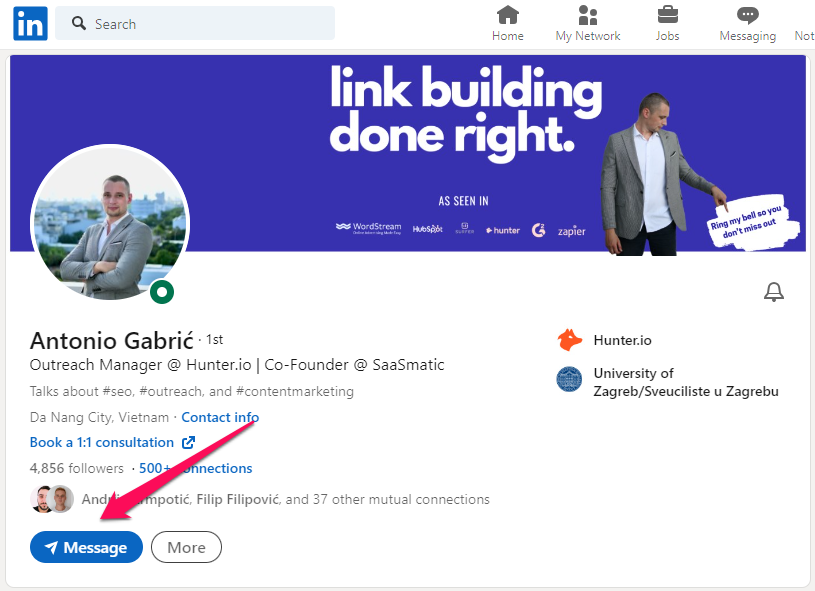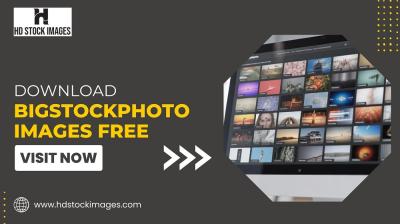In today’s digital age, privacy is a hot topic, especially on professional platforms like LinkedIn. As networking becomes increasingly virtual, many users wonder about the privacy of their communications. Are LinkedIn messages truly private? This is a question that requires some exploration.
Understanding LinkedIn's Privacy Policies

When it comes to messaging on LinkedIn, understanding the platform's privacy policies is crucial. LinkedIn aims to provide a secure environment for its users, but there are nuances to be aware of. Here are some key points to consider:
- Data Collection: LinkedIn collects a range of data from its users, including the content of messages. This data helps improve user experience and is analyzed for various reasons, including ensuring compliance with policies.
- Message Visibility: Messages sent through LinkedIn are not publicly visible, but LinkedIn can access them. This means your messages aren’t shared with other users, but they are stored on LinkedIn’s servers.
- Third-Party Access: LinkedIn’s policies indicate that while third parties generally don't have access to your messages, they may need to share information with law enforcement if necessary.
- User Control: LinkedIn provides users with some control over their privacy settings. You can adjust who can see your activity and whom you connect with, enhancing your overall privacy.
- End-to-End Encryption: As of now, LinkedIn doesn’t offer end-to-end encryption for messages, meaning that while your messages are secure, they aren’t completely private from LinkedIn itself.
Understanding these policies helps users navigate the messaging feature more wisely, ensuring that sensitive information is shared with caution. Always remember to tailor your conversations to what you’re comfortable with being potentially accessible by LinkedIn.
Also Read This: How to Withdraw a Job Application on LinkedIn Without Any Issues
3. What Happens to Your Messages?
When you hit send on a LinkedIn message, it might feel like you're sharing a private thought with a trusted connection. But what really happens behind the scenes? Let's break it down:
- Stored on LinkedIn's Servers: Once sent, your messages are stored on LinkedIn’s servers. This means they can be accessed by LinkedIn for various reasons, including data analysis and improving user experience.
- End-to-End Encryption: Unlike some messaging apps, LinkedIn does not offer end-to-end encryption for its messaging feature. This means that while your messages are secure from unauthorized access, they aren't fully private from LinkedIn itself.
- Retention Policy: LinkedIn has a retention policy in place. Your messages are kept for a significant amount of time, which can raise concerns about long-term privacy if you’re discussing sensitive topics.
- Potential Data Sharing: LinkedIn might share aggregated data with third parties, which could include information about messaging patterns. However, personal details should remain anonymous unless you specifically allow sharing of your profile data.
In essence, while your messages are not accessible to just anyone, they are not as private as you might think. Being aware of this can help you communicate more thoughtfully.
Also Read This: Is LinkedIn Premium Worth It in 2024? A Detailed Look at Its Benefits
4. Common Misconceptions About LinkedIn Privacy
When it comes to privacy on LinkedIn, misconceptions abound. Let’s clear up some of the most common myths:
- Myth 1: LinkedIn Messages Are Completely Private
Many users believe that messages on LinkedIn are private. In reality, while they aren’t visible to the public, LinkedIn does have access to them. - Myth 2: Deleting Messages Erases Them Forever
Deleting a message from your inbox doesn’t mean it’s gone from LinkedIn’s servers. It may still be stored according to their data retention policies. - Myth 3: LinkedIn Protects Against All Data Breaches
While LinkedIn takes security seriously, no platform is immune to data breaches. Users should remain vigilant and cautious with what they share. - Myth 4: You Can Control Who Sees Your Activity
While you can adjust privacy settings, some activity, like connections and endorsements, may still be visible to your network.
Understanding these misconceptions can empower you to navigate LinkedIn more strategically, ensuring that your privacy is managed wisely.
Also Read This: Can LinkedIn Premium Users See Anonymous Viewers? What to Know About Privacy
5. Best Practices for Keeping Your Messages Secure
In a world where online privacy is increasingly under threat, ensuring the security of your LinkedIn messages is paramount. Here are some best practices to help you keep your communications safe and sound:
- Use Strong Passwords: Your LinkedIn account should be protected by a robust password. Avoid using common passwords and consider a mix of letters, numbers, and symbols. A password manager can help in maintaining complex passwords.
- Enable Two-Factor Authentication (2FA): Adding an extra layer of security, 2FA requires a second form of verification (like a code sent to your phone) in addition to your password when logging in. This significantly reduces the risk of unauthorized access.
- Be Cautious with Links: Be wary of clicking on links sent via LinkedIn messages, especially if they are from unknown contacts. Phishing attacks can occur through seemingly harmless links, leading to compromised security.
- Regularly Review Your Privacy Settings: LinkedIn offers various privacy settings for messages and profile visibility. Regularly check and adjust these settings to ensure that you’re only sharing information with the right people.
- Limit Personal Information Sharing: Avoid sharing sensitive information (like your phone number or address) over LinkedIn messages. Keep conversations professional and confidential.
By following these best practices, you can bolster the security of your LinkedIn messages and enjoy a more private communication experience.
6. Conclusion: Navigating Privacy on LinkedIn
As we conclude our discussion on LinkedIn message privacy, it’s evident that while the platform offers tools for secure communication, users must remain vigilant. Understanding the nuances of LinkedIn’s privacy settings and being proactive about security is essential. Here’s a quick recap of what we've covered:
- Privacy Settings: LinkedIn provides privacy options that allow you to control who sees your messages and profile.
- Awareness of Messaging Risks: There are inherent risks in digital communication, including potential data breaches and phishing attempts.
- Best Practices: Implementing strong passwords, enabling 2FA, and being cautious with links can significantly enhance your security.
Ultimately, navigating privacy on LinkedIn is about balance. You want to connect and network without compromising your personal information. By staying informed and adopting best practices, you can enjoy a more secure experience on LinkedIn while forging valuable professional relationships. Remember, your privacy is in your hands!
 admin
admin








